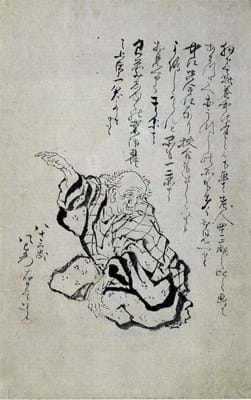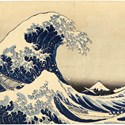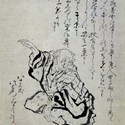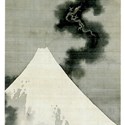The classic woodblock print from c.1831 – more formally known as Under The Great Wave Off Kanagawa or In the Well of the Great Wave off Kanagawa – can be seen in the show from May 25-August 13 devoted to the great Japanese artist Katsushika Hokusai (1760–1849).
It is the first exhibition in the UK to focus on the later years of the life and art of Hokusai, featuring 'The Great Wave’ and continuing to the sublime painted works produced right up to his death at the age of 90.
Meanwhile, a rare opportunity to own an original copy of ‘The Great Wave’ is coming up at auction on June 1-2 at Sotheby’s Hong Kong Gallery.
Despite the Japanese creation, it is among the June HK Chinese Works of Art sales. Incorporating for the first time other collecting categories, this sale will feature a group of Japanese woodblock prints from a private HK collection, among them ‘The Great Wave’ from the series of the Thirty-Six Views of Mount Fuji.
The estimate is US$51,500-77,500.
Rotation of works
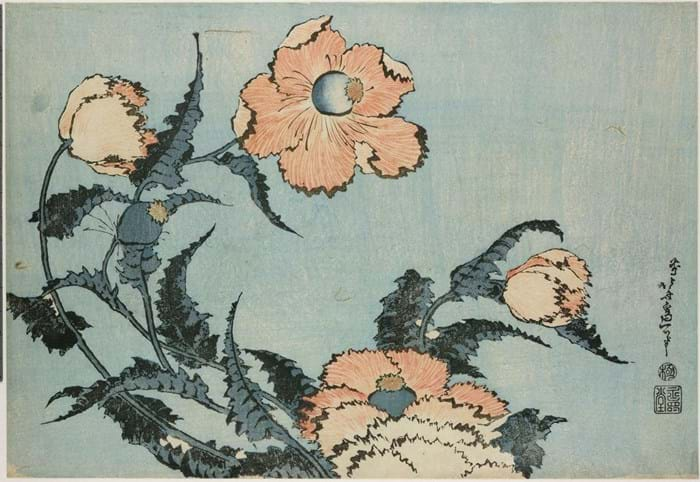
Hokusai's Poppies from Large Flowers. Colour woodblock, 1831-32. © The Trustees of the British Museum. On display from May 25-August 13 at the British Museum.
The works on show at the British Museum are drawn from the museum’s superb collection and many loans from Japan, Europe and the US.
There will be a rotation of about half the artworks midway through the exhibition run for conservation reasons. Due to their light sensitivity some works can only be displayed for a limited amount of time, to preserve the vivid colours. Each rotation will tell the same story, but there will be the opportunity to see a selection of different works in each half. The exhibition (supported by Mitsubishi Corporation) will feature around 110 works in each rotation and will be temporarily closed from July 3-6 for this to take place.
A museum spokesperson said ‘The Great Wave’ version shown is “a fine, early impression acquired in 2008 by the British Museum with the assistance of the Art Fund”. It has been hidden from public view since 2011 because of concerns about light sensitivity.
Hokusai created this world-renowned masterpiece when he was about 70. Mt Fuji and its wider spiritual significance was a model for Hokusai in his quest for immortality during his later years. The print series Thirty-Six Views of Mt Fuji (published around 1831-33) revived his career after personal challenges of the late 1820s.
'The Great Wave’, with its use of deep perspective and imported Prussian blue pigment, reflects how Hokusai adapted and experimented with European artistic style.
Japan remained a closed-off society when 'The Great Wave' first appeared but from 1859, when under pressure the country opened a few ports up, Japanese prints began to be exported to Europe. They influenced many artists such asf Whistler, Van Gogh and Monet.
Thousands of impressions of this 10 x 15in (25.5 x 38cm) work were originally produced. Many of those still existing are owned by museums. The British Museum has three, including this one now on display, but the other two are inferior in quality because they were produced late in the run when the woodblock was deteriorating.
Your own Great Wave
At auction 'The Great Wave' does appear from time to time, with results often based on factors such as quality of reproduction and age of print. At the high end, for example, in March 2009 Christie’s New York sold an undated ‘good impression’ for a premium-inclusive $68,500, while a ‘good impression’ but ‘faded, soiled, stained and rubbed’ made $35,000 (£26,896) including premium at Bonhams New York in September 2012.
Or if you want something a bit more accessible, the British Museum has a Great Wave cushion cover for £50. Maybe socks for £17.99?



